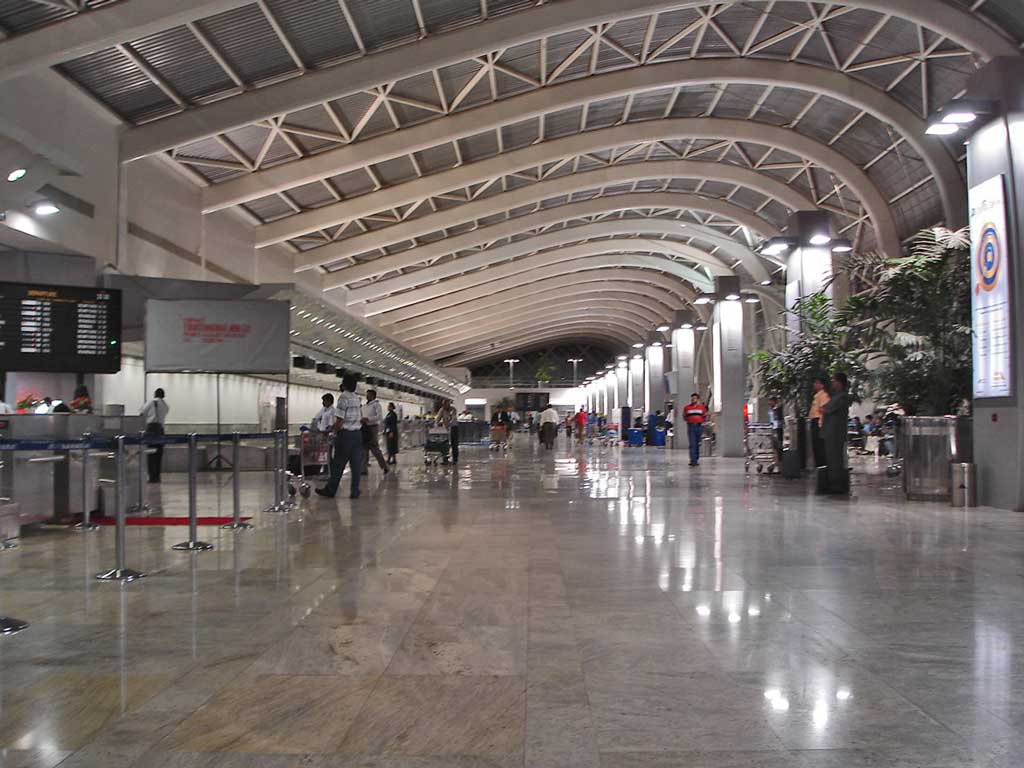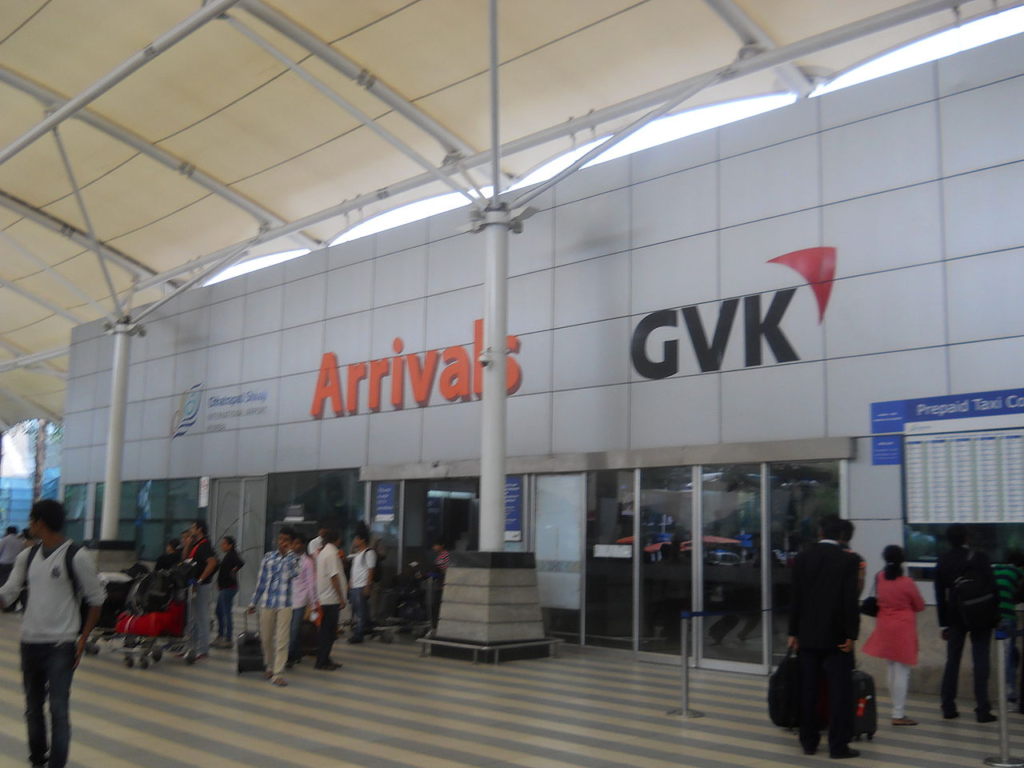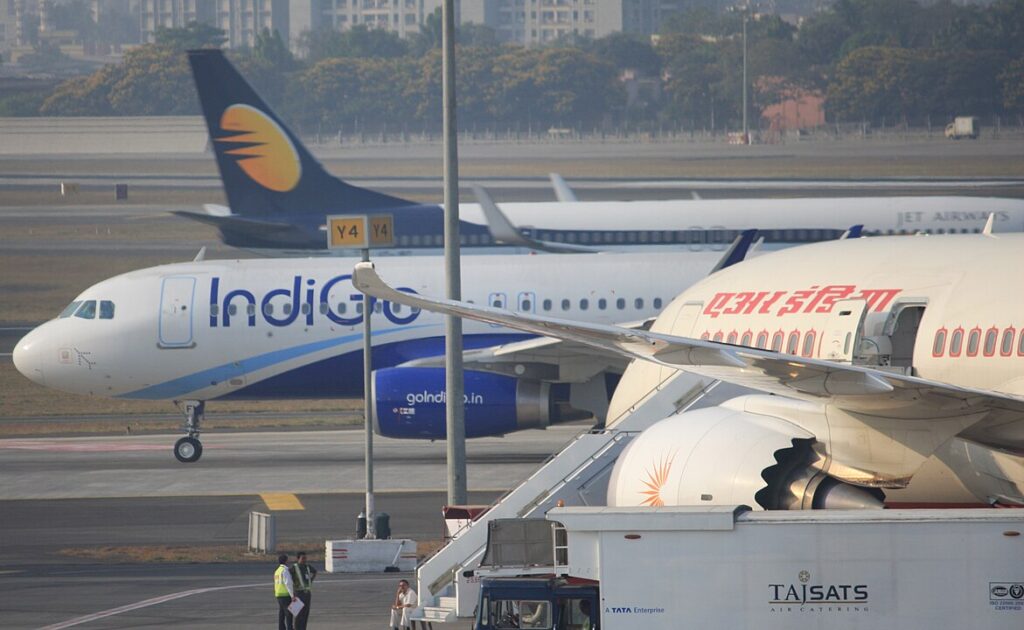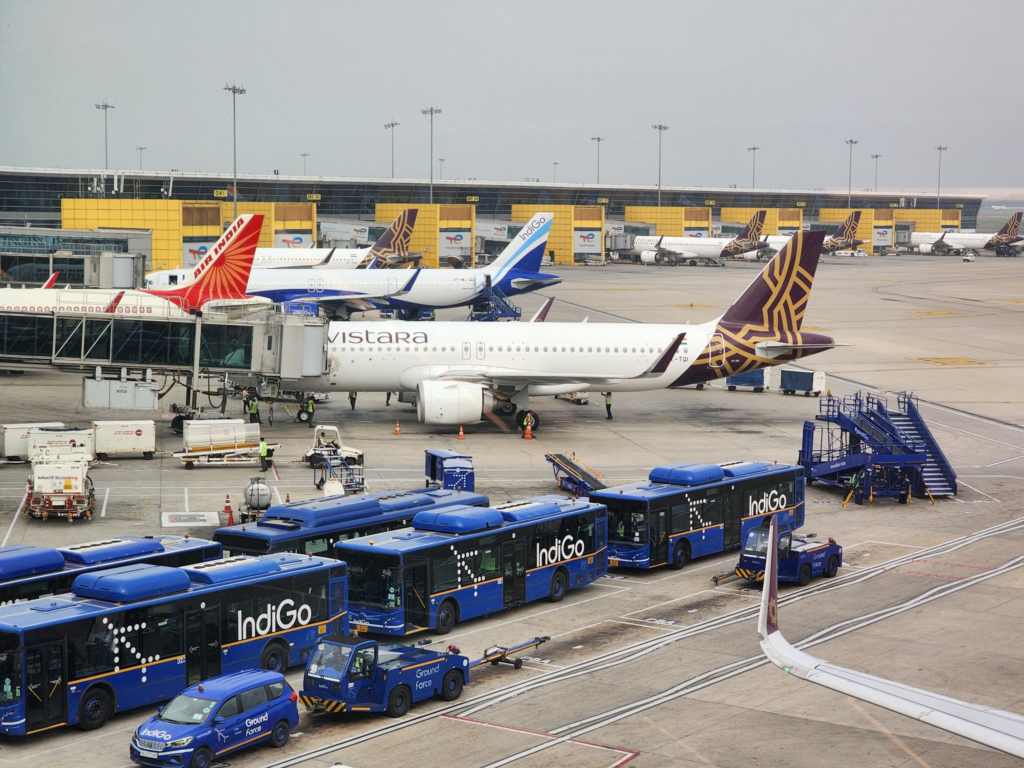MUMBAI- The fate of Mumbai Airport Terminal 1B (T1B) will be determined soon as the Adani Group considers various options for its future.
Additionally, CSMIA will witness enhancements in its facilities. Subsequently, according to Arun Bansal, CEO of Adani Airports, the expansion of the security hold area, in an interview with TOI.
By the time NMIA (Navi Mumbai International Airport) becomes operational in December 2024, Mumbai’s Chhatrapati Shivaji Maharaj International Airport (CSMIA) will undergo notable transformations.

Adani to Boost Mumbai Airport T1B
In the next two years, there are plans to increase the average hourly flight movement capacity of the cross runways at CSMIA.
The current capacity of 46 flights per hour is proposed to be raised to over 50. By implementing measures such as the construction of a parallel taxiway and the introduction of increased automation. To facilitate faster aircraft movement between the airstrip and the terminal.
A senior official stated, “With airlines operating planes with higher seating capacity, passenger footfall has increased. Therefore, the terminal capacity at the security hold area will be expanded within the next few months to accommodate this growth.”
Regarding the future of CSMIA’s Terminal 1 (T1), it presents a significant opportunity for Adani to leave its mark on the airport. Similar to the peacock-themed Terminal 2 built by the GVK Group.
Senior officials within the Adani Group are currently exploring various options for T1. Further, a decision regarding its development will be made in the coming months.

GVK Proposal
Three years ago, before Adani’s acquisition of Mumbai International Airport Ltd (MIAL), the management controlled by GVK proposed reconstructing Terminal 1B (T1B) at an estimated cost of Rs 1,200 crore. This three-phase plan was submitted to the Airports Economic Regulatory Authority (AERA) at that time.
According to AERA’s consultation paper for determining aeronautical services tariffs of CSMIA for the period of April 2019 to March 2024 (third control period), MIAL had justified the need for the construction of Terminal 1B.
The justification stated that the building, which was constructed many years ago, had become structurally weak. A structural audit report had also confirmed this.
The level of service offered at T1B was significantly lower compared to Terminal 2 (T2). Furthermore, the plan was to consolidate the entire security hold area (SHA) to enhance operational efficiency.
It is worth noting that Delhi Airport previously demolished its oldest terminal, Terminal 1B, a few years ago.

CC BY-SA 2.0, https://commons.wikimedia.org/w/index.php?curid=37522219
Bottom Line
CSMIA consists of two terminals, namely T1 and T2. Terminal 1 (T1) is comprised of three buildings: T1A, T1B, and T1C. These buildings were constructed over the span of the last 50 years, with T1B being built in 1965, T1A in 1992, and T1C in 2010.
A structural audit of Terminal 1B was conducted in August 2017. Subsequently, the report highlighted the presence of various defects in the structures due to their age and duration of existence.
Under the management of GVK-operated Mumbai International Airport Ltd (MIAL), there were plans to reconstruct Terminal 1B in three phases. However, the specific plans for this terminal under the Adani Group’s management will be disclosed in the coming months.
Stay tuned with us. Further, follow us on social media for the latest updates.
Join us on Telegram Group for the Latest Aviation Updates. Subsequently, follow us on Google News.

